Explosive confidence drills against a moving car
- By George Hand
Share This Article
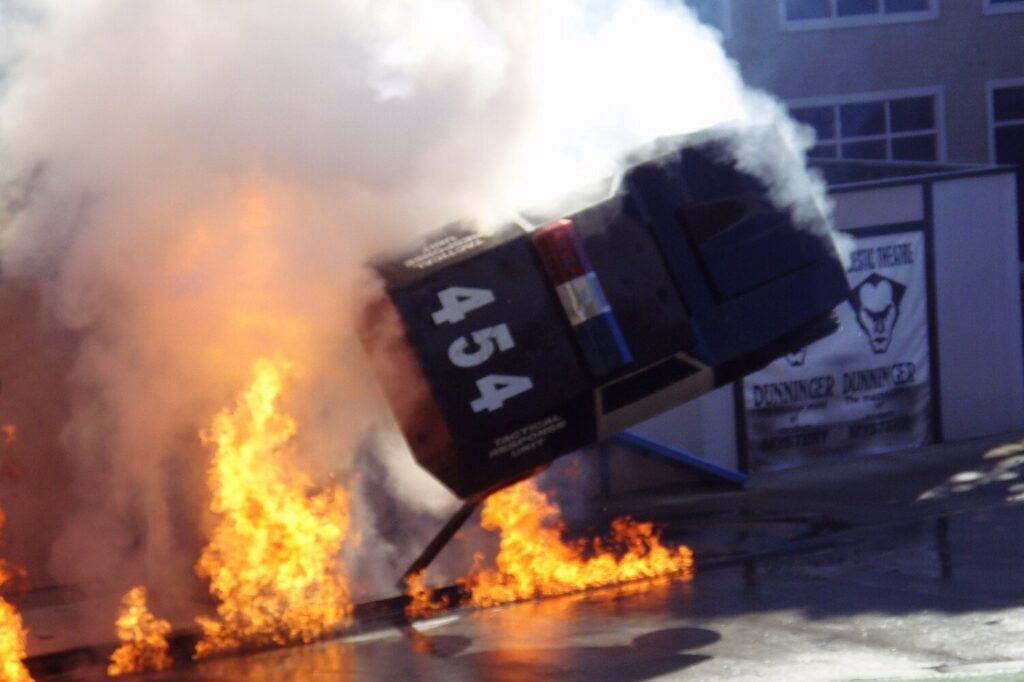
Every Army unit has on file what is called the Mission Essential Task List (METL), a ponderous document that outlines all of the formal tasks that the commander expected by the Army to be able to perform to a successful level. It was never meant to restrict a Soldier’s skill breadth, but failing at METL tasks was punishable at many levels.
In Delta Force’s METL, there is language, however broad or narrow it may be, that defines how capable the forefront combat operator should be in basic and precision surgical strike operations, including knocking a man-sized hole in a reinforced concrete wall, and popping off an exterior door lock.
For precision door-breaching training, my class took a left turn on the usual line of instruction and was introduced to some avant-garde demolition training that involved rendering an automobile useless using improvised explosive techniques.
At the end of a very good week of basic demolition, we were given a couple of automobile hulks, that is barely operable cars that we had purchased from local junkyards, restored to just operable condition, and stored in a corner at our motor pool. These cars could be taken for training at any time and demolished completely as long as we notified the motor pool so they could keep the core of the fleet of hulks stocked up.
We were given some basic demolition supplies to govern the ferocity with which we attacked the car.
The photo below is of a detonation cord which comes on a roll of approximately 100 feet. It may look like a time fuse as seen in movies of old, especially westerns. The cowboy has his bundle of dynamite with one stick primed by the time fuse. He lights his end of the dynamite with his smoldering cigar and we watch as the fire burns through the time fuse with snaps, crackles, and BOOOOOMMM!!

It has about the thickness of a pencil (about 80 grain) and comes in a roll of some 100 feet. Some detonation cords are drastically different and their outer yellow tubing holds a very potent explosive called PETN. To offer a comparison, TNT burns at approximately 6,000 feet per second (ft/s), while PETN burns at some 21,000 ft/sec.
For training, we were provided with about a one-foot length of det cord that was 400 grain or about the size of a fat man’s thumb.
We discussed how we could take out this car. It was a prolific and profitable discussion that was ultimately steered by the instructor who kept the scope in accordance with the supplies he had issued us.
It was decided that were going to blow the driver’s side wheel clean off that car, while driving it at 15 MPH down the road from the demolitions firing table.
My immediate question was what really was the application of this exercise.
“This is Friday. You guys have been doing a bang-up (no pun intended) job on the tables this week so the old man told me to give you guys a day off and to give yooz a confidence hooah target. This is what I chose,” our instructor replied.
That was good enough a response and we were pumped for what was to follow. We had to remove the tire and wheel to get at the specific drive train that we needed. Bending a 400 gr cord around the axle and keeping it from breaking was a bit arduous – and the caliper and disk didn’t make our job easier. Then, a remote detonation device was tested and installed to the explosive.
Related: Danger, Mines! Delta Force misadventures in Bosnia
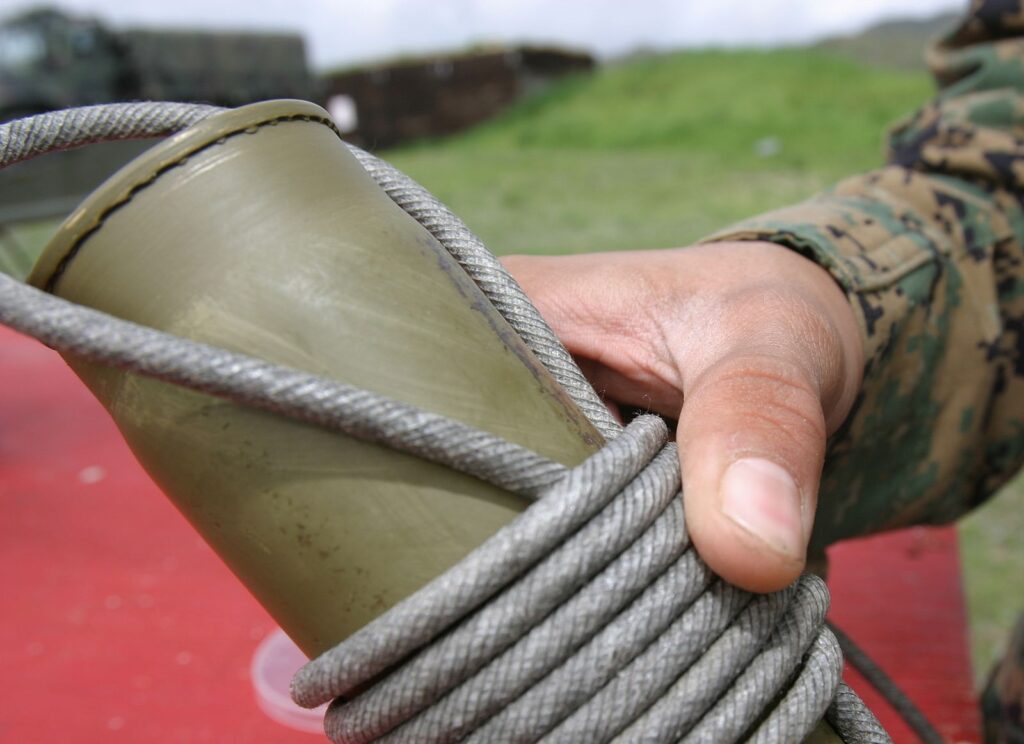
“OK, first batch of builders, grab your helmets and eye protection… decide who is going to drive and who will sit where,” our instructor said. There was gnashing of teeth, wringing of hands, and hate-slinging over who was going to get to dive.
With the driver’s position won, I was sentenced to the passenger seat. Then, in the distance, we heard the distinct sound of an AH-6 Little Bird helicopter spooling to life. I didn’t immediately make the connection between the helo and our training but would soon make it.
The cadre motioned for us to drive. We drove slowly around the demo firing tables road and when we were about lined up with the operator responsible for the detonation he held up a remote firing device and fired the charge. There was a numbing BANG and all our faces reacquainted themselves to the dashboard. Our severed front left wheel rolled away never to be recovered again.
While we were sitting there stunned, the Little Bird roared inches over the top of our car.
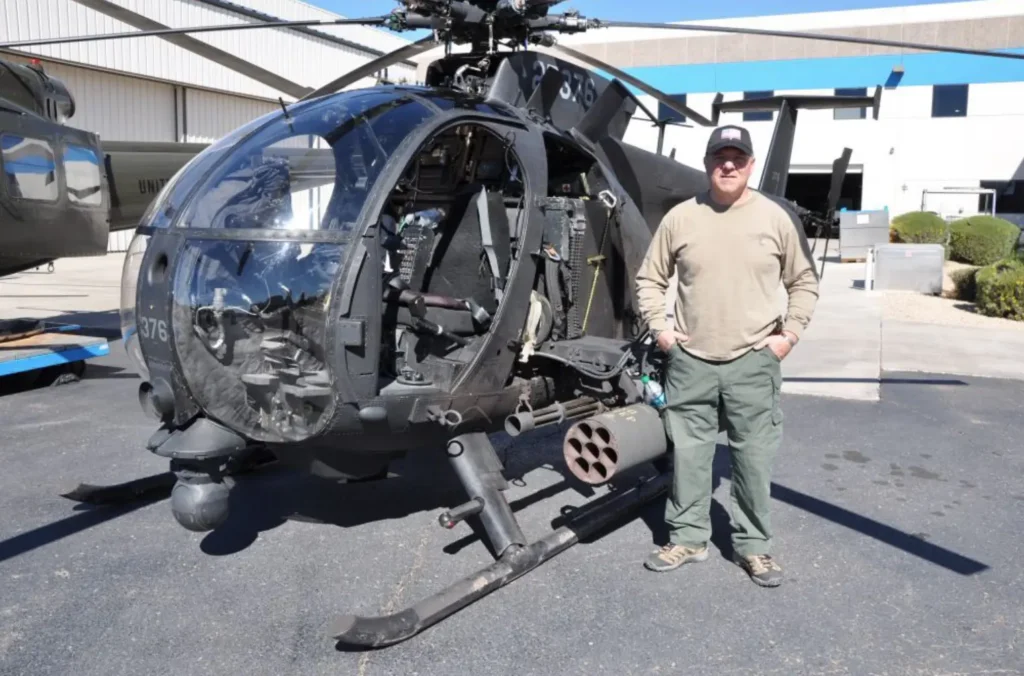
Death Hides in the Dark: Six Guns Don’t Miss with George Hand IV. (Courtesy of Gregory Coker)
An operator in the helo pushed his shotgun low down to the roof of our car and fired two rounds that punched a good-sized hole in our car’s roof. The third and fourth rounds he punched in were different. They were Ferret rounds that contained CS Riot Control gas in them… It took no time to un-ass ourselves from the car coughing, sneezing, gagging, and spitting.
“Why the gas, sergeant?”
“Well, on hooah fun Fridays even the cadre gets to have a little of their own fun.”
By almighty God and with honor,
geo sends
Feature Image: A cantilever system allowed a car to flip in the Police Academy Stunt Show at Warner Bros. Movie World. The car is in the process of flipping just moments after an explosion. (Photo by Dave Keeshan/Wikimedia Commons)
Read more from Sandboxx News
- The F-15I Ra’am fighter jet is an Israeli thunder enabling the country’s success against Iran
- The military roots of Juneteenth and why we celebrate it
- Boeing makes a significant step toward fielding truly combat-capable drone wingmen
- The M10 Booker and how the Army flubbed a tank
- Israel wipes out Iranian F-14 Tomcats on the airstrip
Related Posts
Sandboxx News Merch
-

‘AirPower’ Classic Hoodie
$46.00 – $48.00Price range: $46.00 through $48.00 Select options This product has multiple variants. The options may be chosen on the product page -

‘Sandboxx News’ Trucker Cap
$27.00 Select options This product has multiple variants. The options may be chosen on the product page -
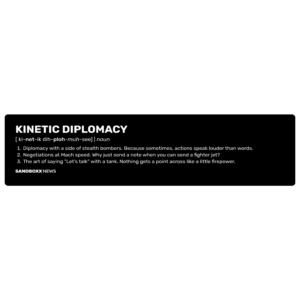
‘Kinetic Diplomacy’ Bumper Sticker (Black)
$8.00 Add to cart
George Hand
Master Sergeant US Army (ret) from the 1st Special Forces Operational Detachment-Delta, The Delta Force. In service, he maintained a high level of proficiency in 6 foreign languages. Post military, George worked as a subcontracter for the U.S. Department of Energy (DOE) on the nuclear test site north of Las Vegas Nevada for 16 years. Currently, George works as an Intelligence Analyst and street operative in the fight against human trafficking. A master cabinet-grade woodworker and master photographer, George is a man of diverse interests and broad talents.
Related to: Special Operations
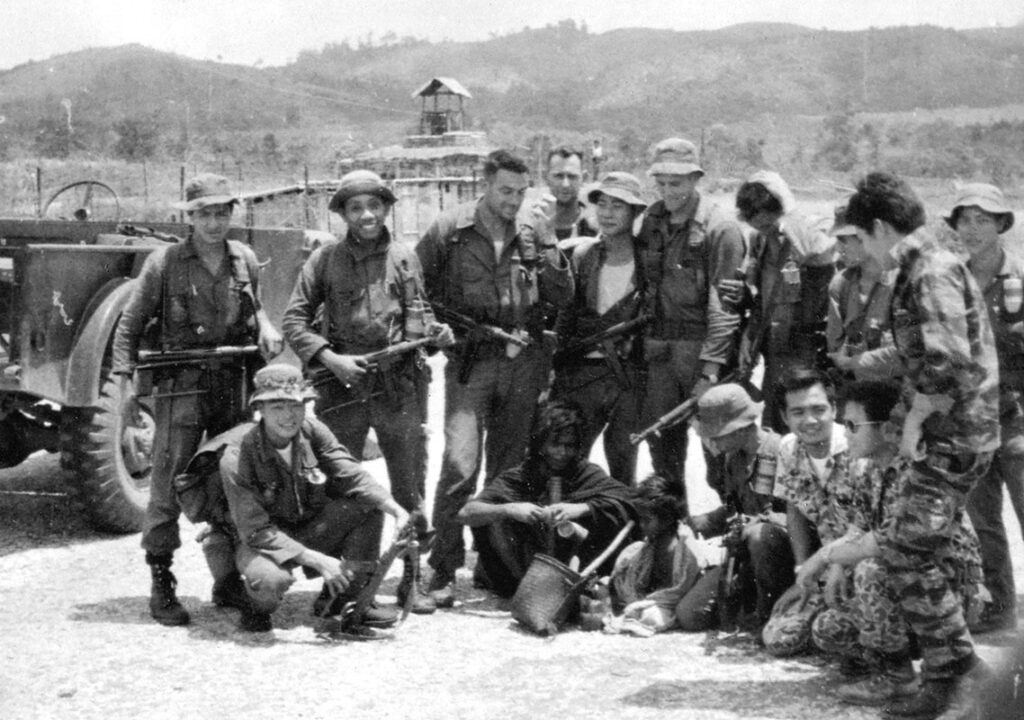
This elite US special operations unit required an oath of secrecy to join

This is fentanyl, this is the end: From China with love

Navy cancels its Constellation-class frigates, fleet’s future remains uncertain
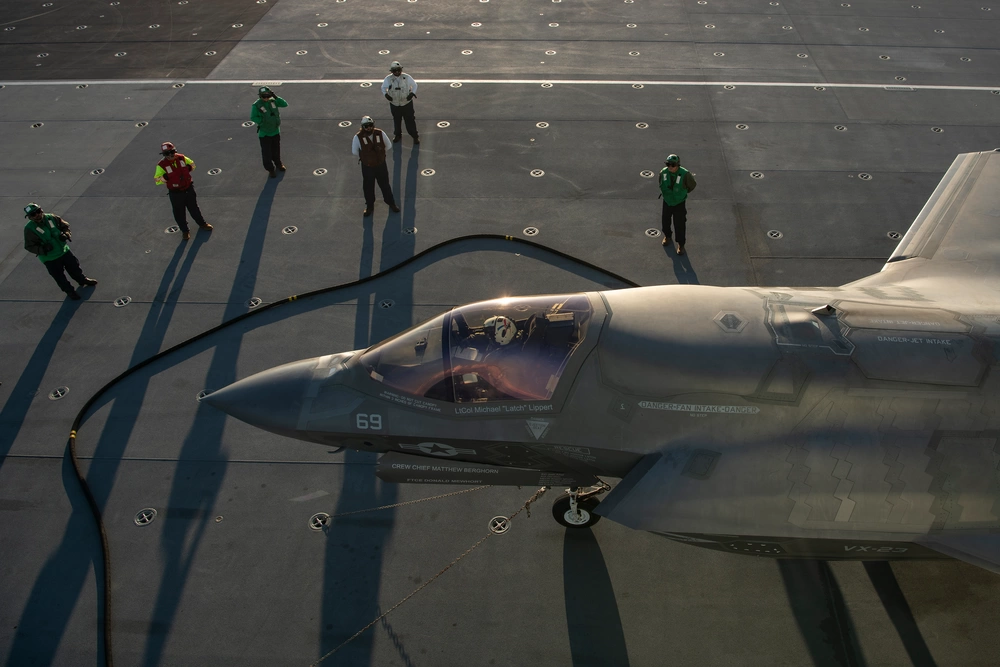
Why F-35s can never really rust – and why it doesn’t matter if they do
Sandboxx News
-

‘Sandboxx News’ Trucker Cap
$27.00 Select options This product has multiple variants. The options may be chosen on the product page -

‘AirPower’ Classic Hoodie
$46.00 – $48.00Price range: $46.00 through $48.00 Select options This product has multiple variants. The options may be chosen on the product page -

‘AirPower’ Golf Rope Hat
$31.00 Select options This product has multiple variants. The options may be chosen on the product page -

‘Sandboxx News’ Dad Hat
$27.00 Select options This product has multiple variants. The options may be chosen on the product page

